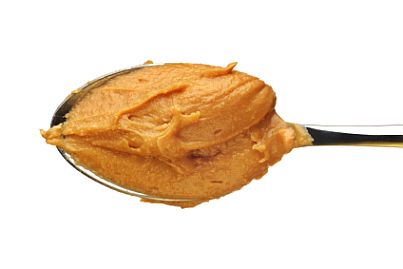Trans Fat Foods

Trans Fat Foods
Trans fats (also called "trans fatty acids" or "TFA's") are a variety of fat that is formed during the hydrogenation of oils to make them into margarine and other vegetable shortenings that are solid at room temperature. The addition of hydrogen to these oils helps keep them from turning rancid and gives them that texture that is so good for spreading on toast and for making piecrust.
Trans fats are bad fats
The problem is that trans fat may be as bad or worse for you than saturated fat, since it can significantly lower your good cholesterol (HDL) and increase your bad cholesterol (LDL), while at the same time promoting inflammation and the formation of blood clots.
All of these factors mean that trans fats in your diet may increase your chances for developing cardiovascular disease. There is also some research that suggests that trans fats may promote cancer, weaken the immune system, and speed up the aging process.
Public awareness has affected food supply
Ever since the public became aware of the dangers of trans fats, food companies have tried to limit or eliminate them from their products. However, they are still abundant in many baked products, restaurant foods and other prepared foods.
Skip the hydrogenated oils
Any foods that you purchase that have “hydrogenated” oils will have trans fats, so check the labels. Don’t be fooled by “zero trans fats” claims, since some less scrupulous companies have simply lowered the serving size enough to satisfy the required level to be able to claim no trans fats.
Here is a list of foods that are major sources of trans fats.
Click here for a printable copy of this list.
Trans Fat Foods

Fried Foods including:
--French Fries
--Onion Rings
--Fried cheese curds
--Deep-fried mushrooms, cauliflower and other vegetables
--Fried Chicken
--Fish fry
--Chimi-changas
Most commercially prepared baked goods including:
--Cakes
--Icing made with solid vegetable shortening
--Cookies
--Doughnuts
--Muffins
--Crackers
Other processed foods including:
--Margarine
--Non-dairy coffee creamers
--Solid vegetable shortening
--Microwave popcorn
--Peanut butter (unless it is "old-fashioned" with the oil on top)

Saturated vs. Unsaturated
To explain the difference between saturated and unsaturated fats in scientific terms, you need to know that there are bonds or links between the atoms of carbon and hydrogen in a fatty acid molecule. When all of the available bonds are taken by hydrogen atoms, we say the fatty acid is “saturated”—meaning all the hydrogen atoms that can be present in that molecule, are present.
These saturated fatty acids are very stable; that is to say they are difficult to change, because they do not have any open or double bonds where the changes could easily occur. When the triglycerides in a fat are composed mainly of these saturated fatty acids, we say that it is a saturated fat.
If, however, a fatty acid has some bonds that are doubled up or available, we say that it is “unsaturated”— meaning that not all of the hydrogen atoms that could be present are present. This means the fatty acid is more unstable and easier to change, because it has places--these open or double bonds-- where change can easily occur. When the triglycerides in a fat are mostly composed of these unsaturated fatty acids, we say that it is an unsaturated fat.

